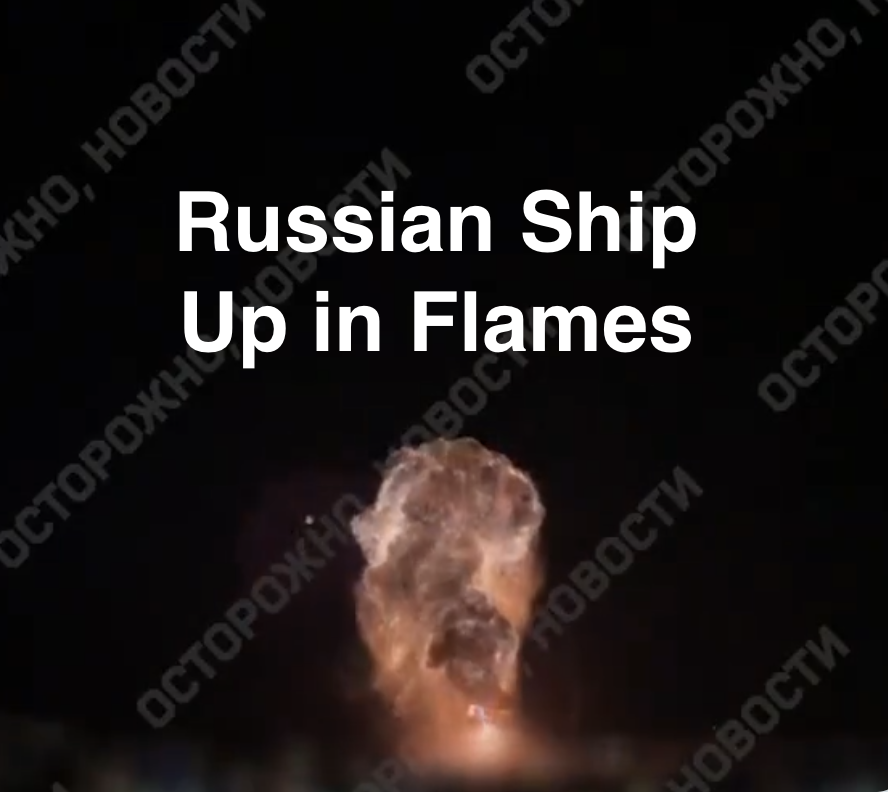Iceland’s Volcanic Landscape: Understanding Risks and Preparing for the Future
Iceland, known for its stunning natural beauty and breathtaking landscapes, is also home to a volatile geologic feature: volcanoes. With around 130 volcanic mountains, Iceland stands as a testament to the Earth’s ever-active geothermal forces. While these volcanoes attract tourists and scientists alike, their activity poses both awe-inspiring spectacles and potential risks for the island nation.
Volcanic Activity in Iceland:
Iceland’s position on the Mid-Atlantic Ridge, where the North American and Eurasian tectonic plates meet, makes it highly susceptible to volcanic eruptions. The island’s unique geology, coupled with a significant presence of volcanoes, means that eruptions occur periodically. Notably, the eruption of Eyjafjallajökull in 2010 disrupted global air travel for weeks due to the immense ash cloud it generated.
Future Risks and Preparedness:
While Iceland benefits from advanced monitoring systems and scientific research, predicting volcanic eruptions remains challenging. The possibility of future eruptions poses risks to various aspects of life on the island, including infrastructure, agriculture, and air travel. The potential for disruptions caused by ash clouds, lava flows, or glacial floods must be considered and managed.
To mitigate risks, Iceland invests in cutting-edge volcano monitoring technologies. The Icelandic Meteorological Office (IMO) closely monitors seismic activity and gas emissions, providing early warnings to residents and authorities. Additionally, collaboration with international experts allows for a deeper understanding of volcanic behavior and potential hazards.
Conclusion:
Iceland’s volcanic landscape is both a source of wonder and a potential threat. While eruptions contribute to the island’s unique geology and geothermal energy production, they also necessitate constant vigilance and preparedness. Continuous advancements in monitoring systems and scientific research are crucial for predicting eruptions and minimizing risks to Iceland’s inhabitants and visitors. Understanding the intricacies of the volcanic landscape ensures that Iceland can harness its natural wonders while safeguarding against potential hazards.



